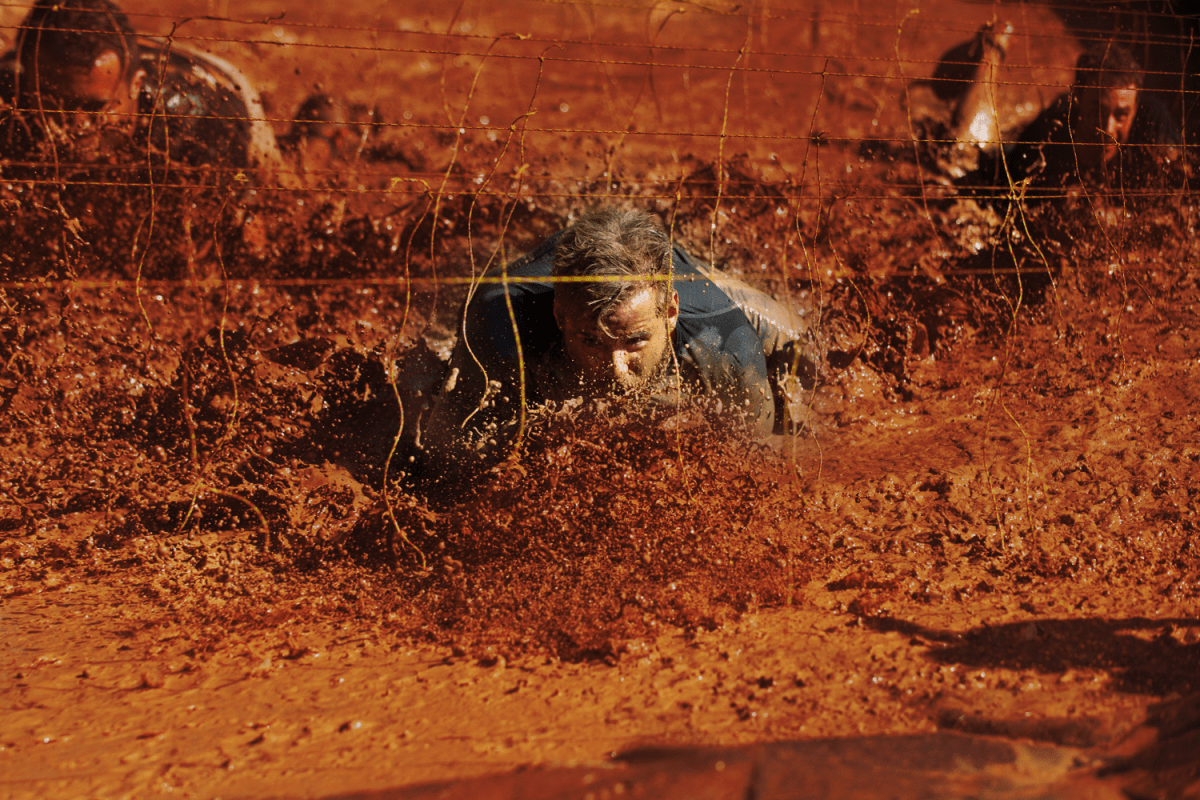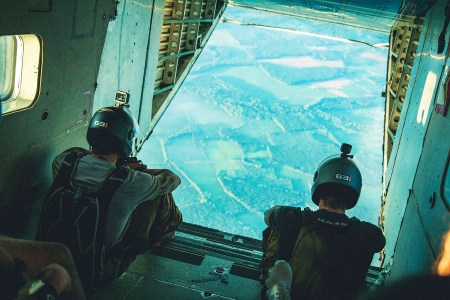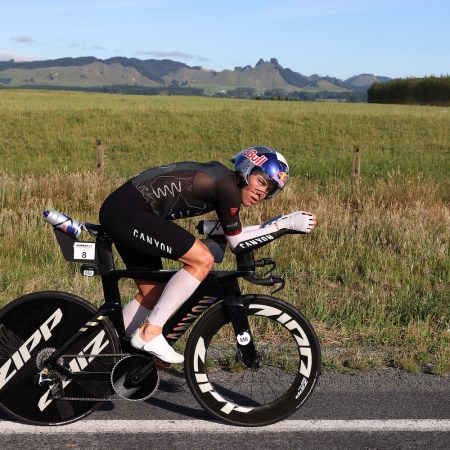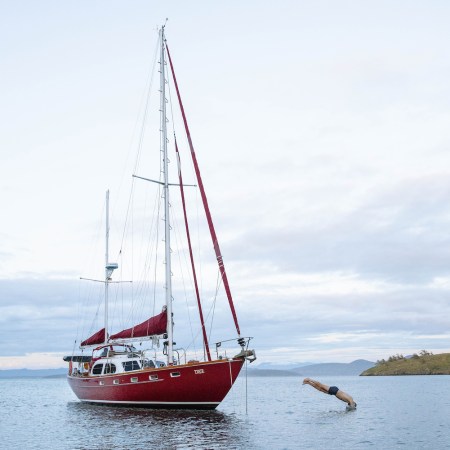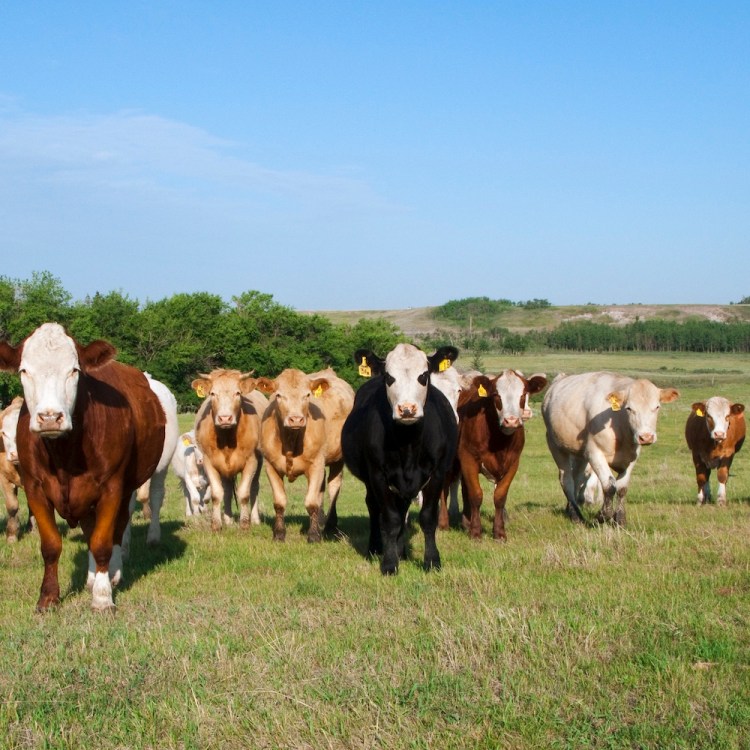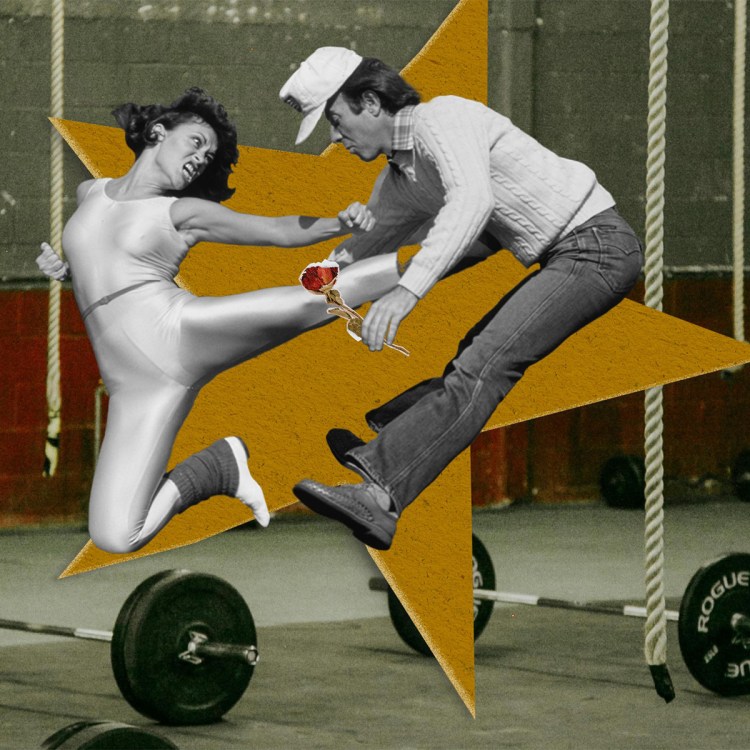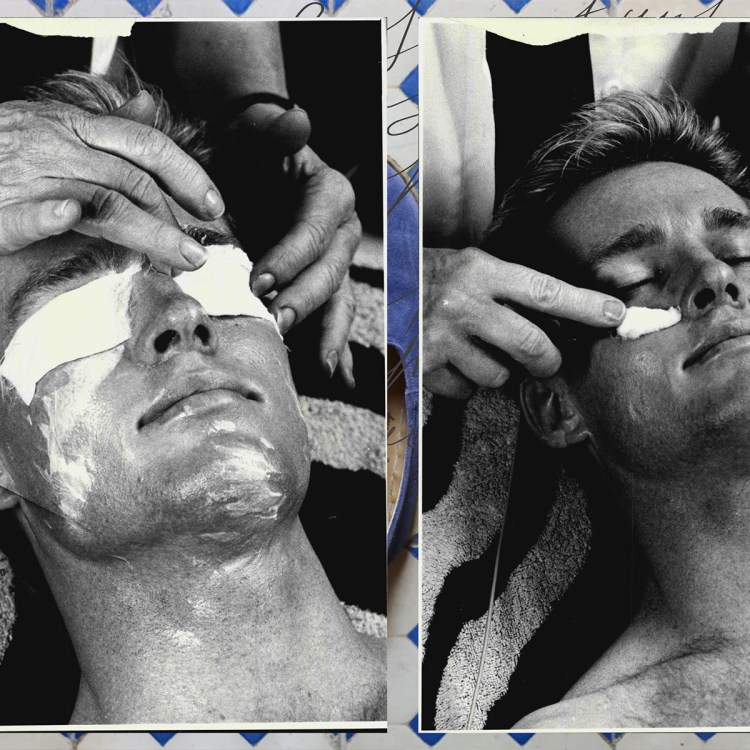It was early 2020 when Tough Mudder hit its first hurdle. It wasn’t pandemic-related. That came later. In late January, the threat was financial; bankruptcy proceedings were being carried out against the U.S. branch of the obstacle course racing (OCR) franchise, at the same time that the U.K. branch was being placed into administration.
The downfall came about after accusations that Tough Mudder’s founders had ignored the interests of creditors, by holding out for a larger share in the company’s proposed sale to OCR rivals Spartan Race.
“Despite management’s best efforts you have refused to pursue one of these paths in good faith and have actively blocked our attempts to act in what we believed to be the best interest of creditors, customers, employees and wider stakeholders,” explained Giles Chater, the former head of U.K. Tough Mudder, in a resignation letter addressed to Will Dean, one of the company’s founders.
The upset had caused TM to effectively suspend registrations — and business — at the end of 2019. And in the end, it was actually Spartan Race that rushed to the rescue, lending TM the cash to keep running, before stepping in to buy the company outright for $700,000 and the assumption of debts when the loan failed to keep the lights on.
So, bruised and bloodied, Tough Mudder lived to stagger on. But the company’s brush with death left some questions in its wake. Considering the post-pandemic failure of countless smaller races, plus the rise of eco-travel and hybrid race brands like CrossFit and Hyrox, which have steadily stolen fitness fanatics away, is there still room for OCR, the once-proud 2010s trend? Does anyone really care about Tough Mudder anymore?
Dispatches From the Wildest Marathon You’ve Never Heard Of
What it’s like to run 26.2 with Nick Bare on a private ranch outside AustinWhere It All Began
Founded in Brooklyn in 2010 by Will Dean, a former British counter-terrorism officer and Harvard business graduate, and Guy Livingstone, a former corporate lawyer, Tough Mudder was said to have taken inspiration from Billy Wilson’s Tough Guy Competition, which had been staged in England since 1987 (despite announcing plans to continue, there has been no update on Tough Guy Competition’s social media since 2020).
The first event was held in Allentown, Pennsylvania the same year. By 2016, over three million people had taken part in a TM race, with participants tackling a 10-to-12-mile-long obstacle course renowned for, well, its toughness. Obstacles included “The Arctic Enema,” a 34-degree ice pit, and “Mudderhorn,” a 40-foot mountain of mud.
These social-media friendly features proved to be catnip for the type of gym bros and ladies for whom a regular workout was just not enough — for whom proving yourself in the arena of fitness was essential, and all the better if it involved crawling through a pool filled with live electric wires.
Meet the Legionnaires
Wil Chung completed his first OCR in Cambridgeshire, U.K. in 2012. It was a gimmicky zombie-escape race, but Chung was hooked. He’s since completed over 100 Tough Mudders, and hosts a podcast on OCR.
“I had heard stories about how tough and challenging TM was,” Chung says of the buildup to his first TM race in 2015. This November, he will compete in the World’s Toughest Mudder, an even more extreme version of the obstacle race that lasts 24 hours.
Chung says people can become hooked on OCR after initially taking part as a charity challenge, with the ability to repeat the same course next year and potentially improve upon your time, drawing runners back.
“It’s also about the ability to have fun and play as a child again,” he says. “How many times do you wish you could play in the kids playground, on the climbing frame or the slide?” he asks. “With OCR you do just that.”
Lindsay Webster started OCR a decade ago after her husband encouraged her to sign up. She remembers her first race — which turned out to be the Spartan World Championships — as “one of the hardest races I’ve ever done”.
Despite, or perhaps because of the hardships, she got hooked on training and competed in more races the following year. In 2018, 2021, 2022 and 2023 she won the Spartan World Championships, and competed in the World’s Toughest Mudder. She’s also won the Obstacle Course Racing World Championships every year she has entered, except two.
“I love the full body aspect of it,” she says. “I feel like training for OCR just allows me to tackle any adventure I want to do in life, whether it’s stacking wood for my wood stove for the winter or hiking a big route with a camping backpack on.”
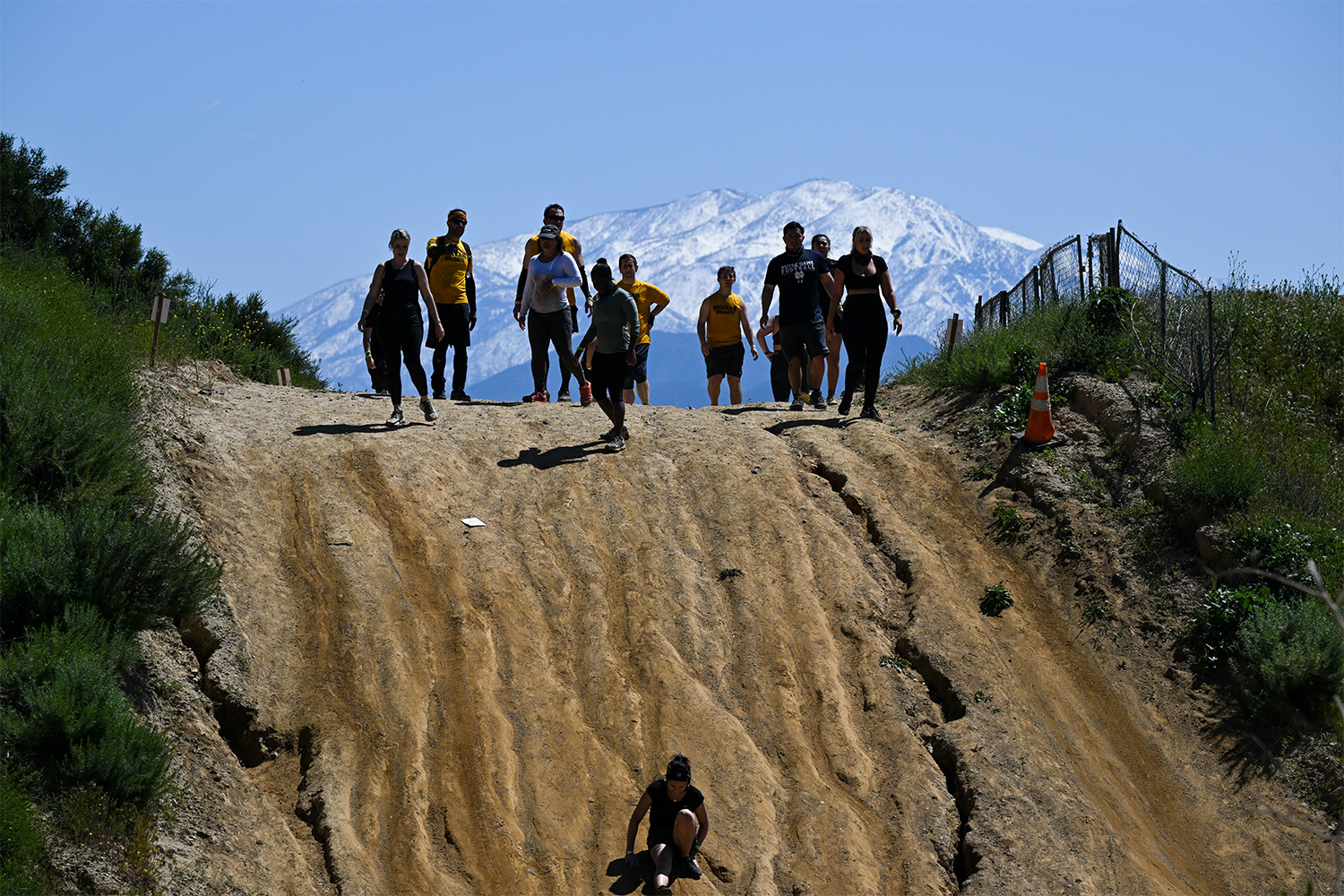
Wanted: Investors and Innovation
Wesbter says that although TM’s new owner, Spartan Race, has a monopoly on the OCR scene, the pandemic threw the industry “for a loop” with a perceived lack of money available to develop new obstacles and contribute to the prize pot. “Obstacle racing has huge overhead costs to run an event, between the expenses of building obstacles (and increased costs on building supplies since COVID-19), the crew required to build them and everyone else behind the scenes,” she says.
For Chung, Tough Mudder and Spartan have become the franchise races in the U.K., with local alternatives like Ram Run, Mud 7, Dash of the Titans, Rough Runner, Zeus Races and XRunner all falling by the wayside.
He agrees that keeping the sport alive is about innovation. “Many races use the same land each time and almost certainly a similar route,” he says. “I could pretty much plot out any course before it’s announced.” One of his current favorites is Nuclear Races, owned by a farmer who regularly changes the route to keep it fresh, even running the route in reverse.
A former adherent of Ninja Warrior, Justin Nucum’s focus is less on bagging medals (although he has plenty) and more on OCR-style training, with his company Hardkour Performance’s Orange County classes promising to whip you into shape for your next OCR, no matter the brand.
As such, you might argue that Nucum is pushing the next evolution of OCR, branding the sport more as a lifestyle, where the training rather than a specific race is the main challenge. It’s a savvy move, considering the rise of hybrid fitness classes — where cardio and functional fitness movements are combined in an indoor challenge — which attract much the same audience as OCRs.
“Hybrid fitness racing came into the picture during the pandemic,” says Nucum. “Events such as Hyrox became really popular for OCR athletes, CrossFit athletes and runners. Spartan basically created Deka Fit, their own version of Hyrox, to compete in this space. Now, my business is mainly hybrid fitness racing and coaching.”
Nucum was excited about the potential for innovation when Spartan Race bought out TM, but, he says, improvements have yet to materialize. “I had high hopes for the buyout with possibly of having bigger and better obstacles at Spartan Race and having more competitiveness in TM. However, it was the complete opposite. Spartan has no new obstacles. TM took out all their competitive waves besides their Toughest Mudder events,” he says.
Nucum believes OCR is now “dying,” with U.S. events like Warrior Dash, BoneFrog and Terrain Race canceling events “probably because they were not getting the amount of registrations needed to break even or make a profit.” He worries OCR has “peaked” and without new investors injecting new challenges, its time may be limited.
Inside the Navy SEALs’ Mythical “Monster Mash” Marathon
Former SEAL Jonathan Wilson breaks down the grueling training exercise, and the 211-mile Veterans Day challenge it inspiredThe Man for the Job?
As senior vice president of Tough Mudder and Spartan Race, rejuvenating these leading OCR franchises is now the responsibility of Matthew Brooke. “It’s important when you’re the pioneer of a market to ensure that you’ve continually got an engaging, meaningful proposition; and I think that’s what we do across Tough Mudder,” Brooke says. “We innovate every single year on core deliverables such as obstacles, courses, collateral, be that minor tweaks or wholesale introduction of new experiences and swag.”
Brooke explains that he views innovation as a “critical tool for retention,” but that across the OCR industry “many operators have lost their audience and many have gone altogether due to the impacts.” In terms of a participant base and a financial standpoint, Brooke claims: “We are leveling out on our trajectory to where we should have been had the pandemic not happened — which is a really positive sign that things are almost back and there is still a big appetite for the events.”
Brooke is optimistic, but wether OCR can bounce back remains to be seen. There’s a sense that the homogenization of the industry resulting from Spartan Race buying TM has forced out smaller, more innovative races, while hybrid fitness racing has stolen away some of the core crowd.
For Some, It’s More Than the Live Wires
Still, for those who became hooked 10 years ago, OCR is still a vital part of their lives. In February, Webster will compete in the Tough Mudder Infinity, an 8-hour event taking place in Saudi Arabia that will offer the biggest prize purse in the history of OCR: $80,000 to the winner of both the men’s and women’s individual race, which is comparable to many participants’ annual salaries.
And despite diversifying his business, Nucum says he will always love OCR. “I love being outdoors and the element of surprise. You never know if it will be sunny or snowing, the distance of a race or whether you’ll be tackling hills/mud/bushwhacking through forest/snow.”
As for Chung, even the smaller selection of races can’t put him off. For him, it’s about more than a medal, more than a finish line. “It’s about making new friends, going to new places, doing more than just the race over the weekend. I mean, if I ‘just ran’ Tough Mudder, I wouldn’t have got to 100-plus,” he says. “I’ve made a ton of friends, visited different cities/countries with them.” It’s community, then, that matters. And community is a lot harder to break than any one race.
The Charge will help you move better, think clearer and stay in the game longer. Subscribe to our wellness newsletter today.
